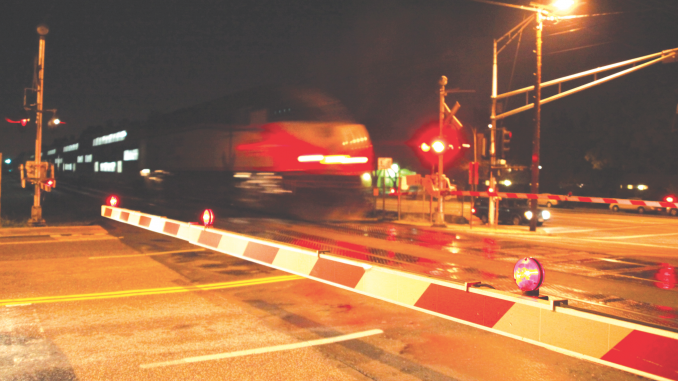
BY EMILY MIBACH
Daily Post Staff Writer
Video cameras that will eventually replace the guards who watch the train tracks in Palo Alto to prevent suicides will begin to be installed this week, city officials announced yesterday.
The cameras will cost $1.5 million to install and the annual maintenance and monitoring will run $325,000.
Three crossings — at Churchill Avenue, Meadow Drive and Charleston Road — will get four cameras each, while two cameras will be installed at the Palo Alto Avenue crossing, according to Assistant City Manager Ed Shikada.
The video will be monitored, and if someone is seen on the railroad tracks, a voice announcement can be made to the person standing on the tracks, according to city spokeswoman Claudia Keith.
The cameras will be able to see up to 1,000 feet down the tracks, and will have thermal sensors, according to Keith.
The video will be monitored by a contractor hired by the city.
The cameras and Cypress Security, the company whose guards monitors the train tracks, will overlap for a few months until Cypress’ contract expires in June. The council approved extending Cypress’ contract in June 2017 for $1.24 million.
The city started the Track Watch program, with guards watching the tracks, in 2009, after residents began watching the tracks themselves following a series of youth suicides. The city’s first contract was with Val Security.
While the city was still contracting with Val Security, three guards had run-ins with police — one of whom was burglarizing Palo Alto homes with at least one occurring while he was on the clock.




It’s hard to see how this would stop somebody who decides to go to a crossing a minute before a train roars through …. presumably the person watching the video would call police ASAP, but the cops wouldn’t get there in time.
Typical Palo Alto: an expensive solution that won’t work
I’d rather the city take the money for these cameras and use it for good counselors and adolescent mental health treatment beds in a local hospital (Packard or Stanford). Let’s spend on dealing with root causes and not on bandaid solutions.